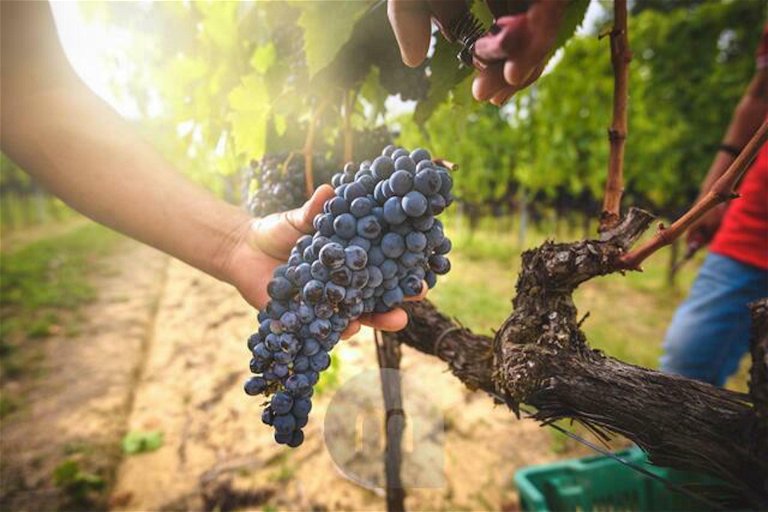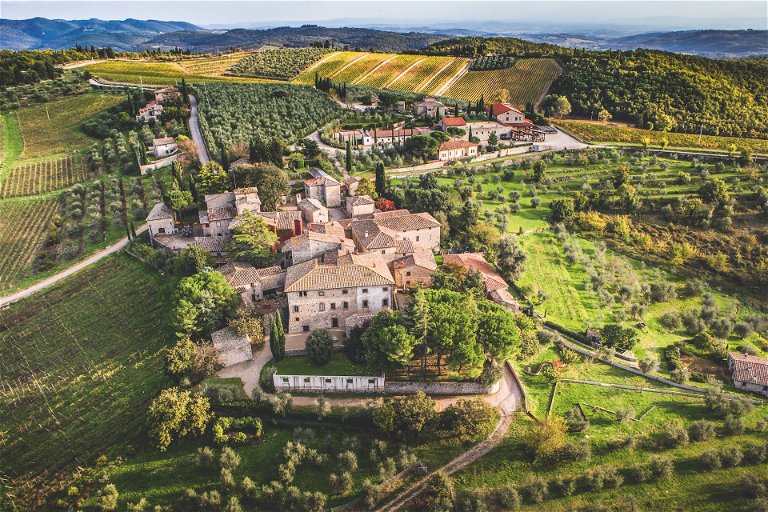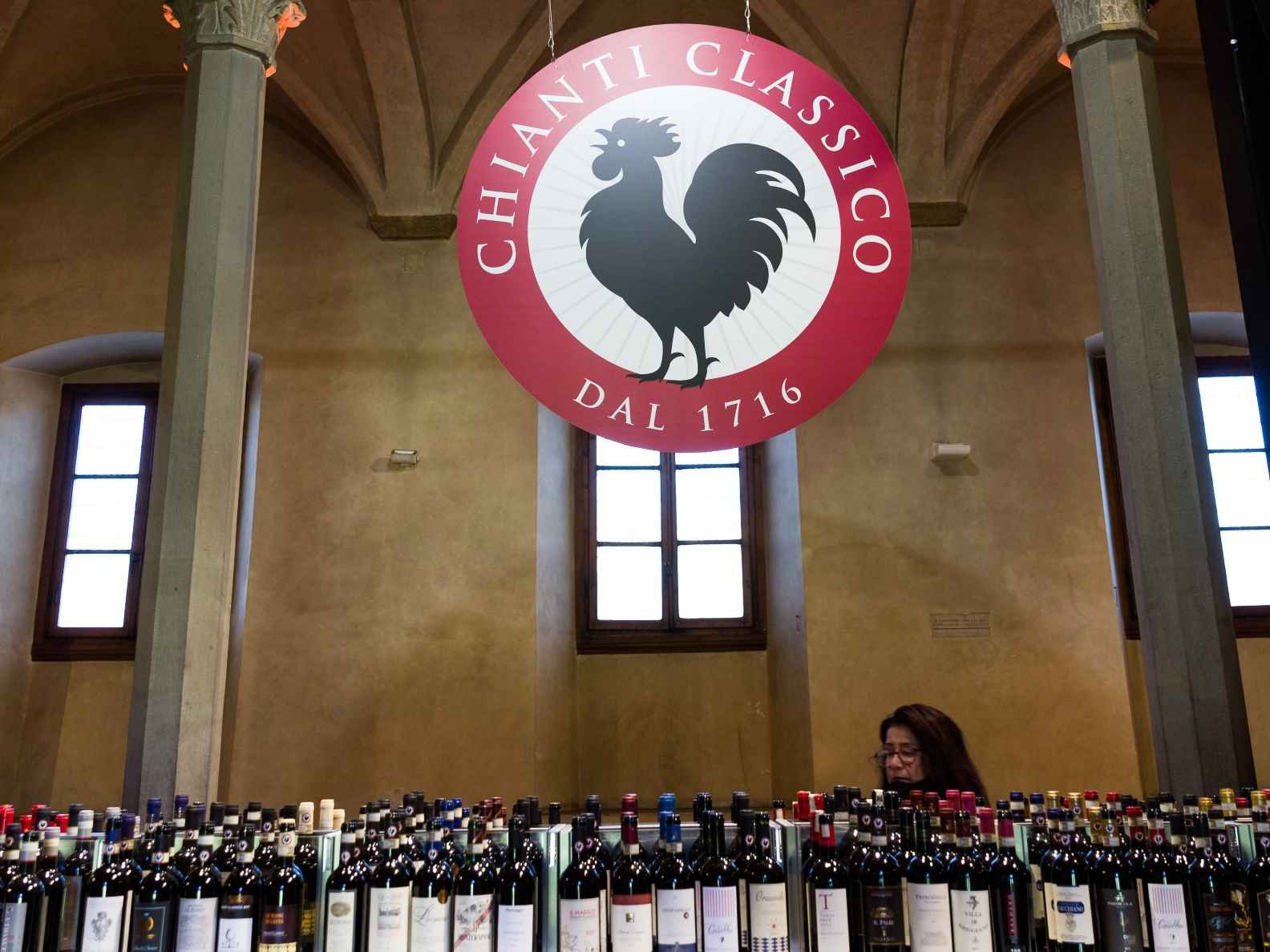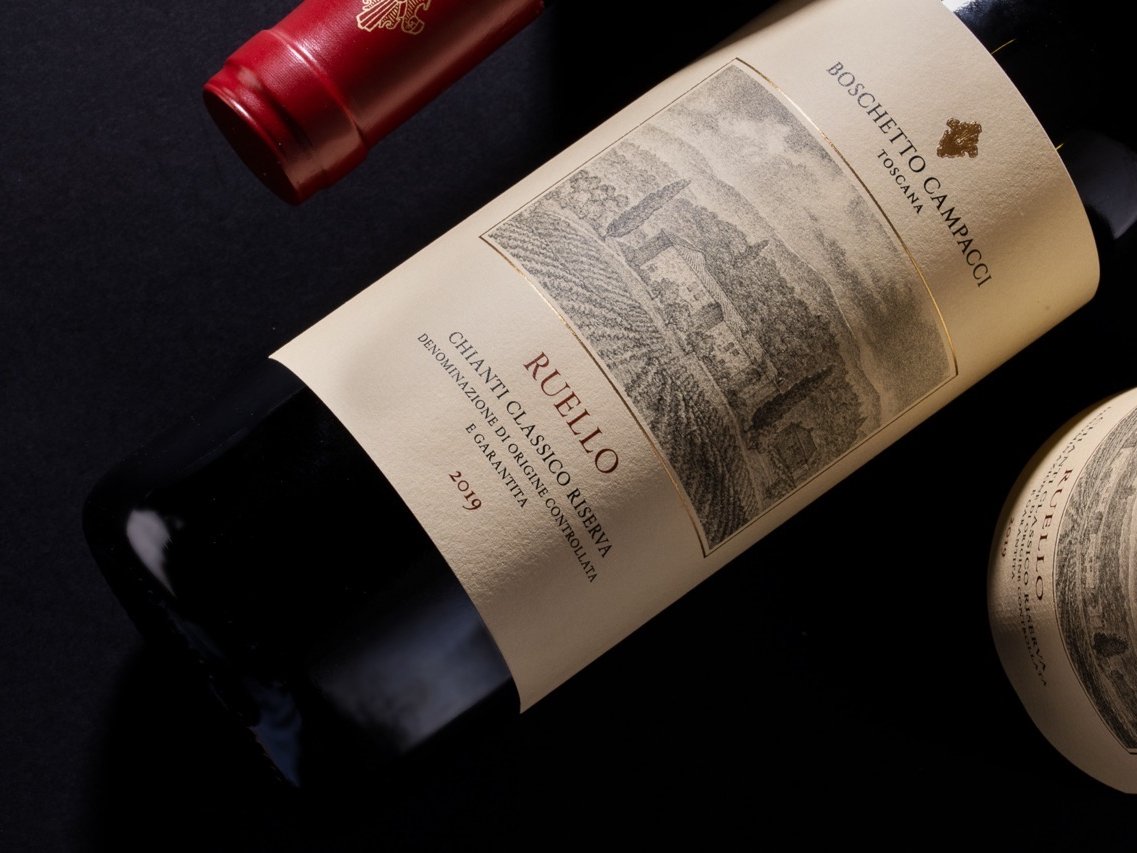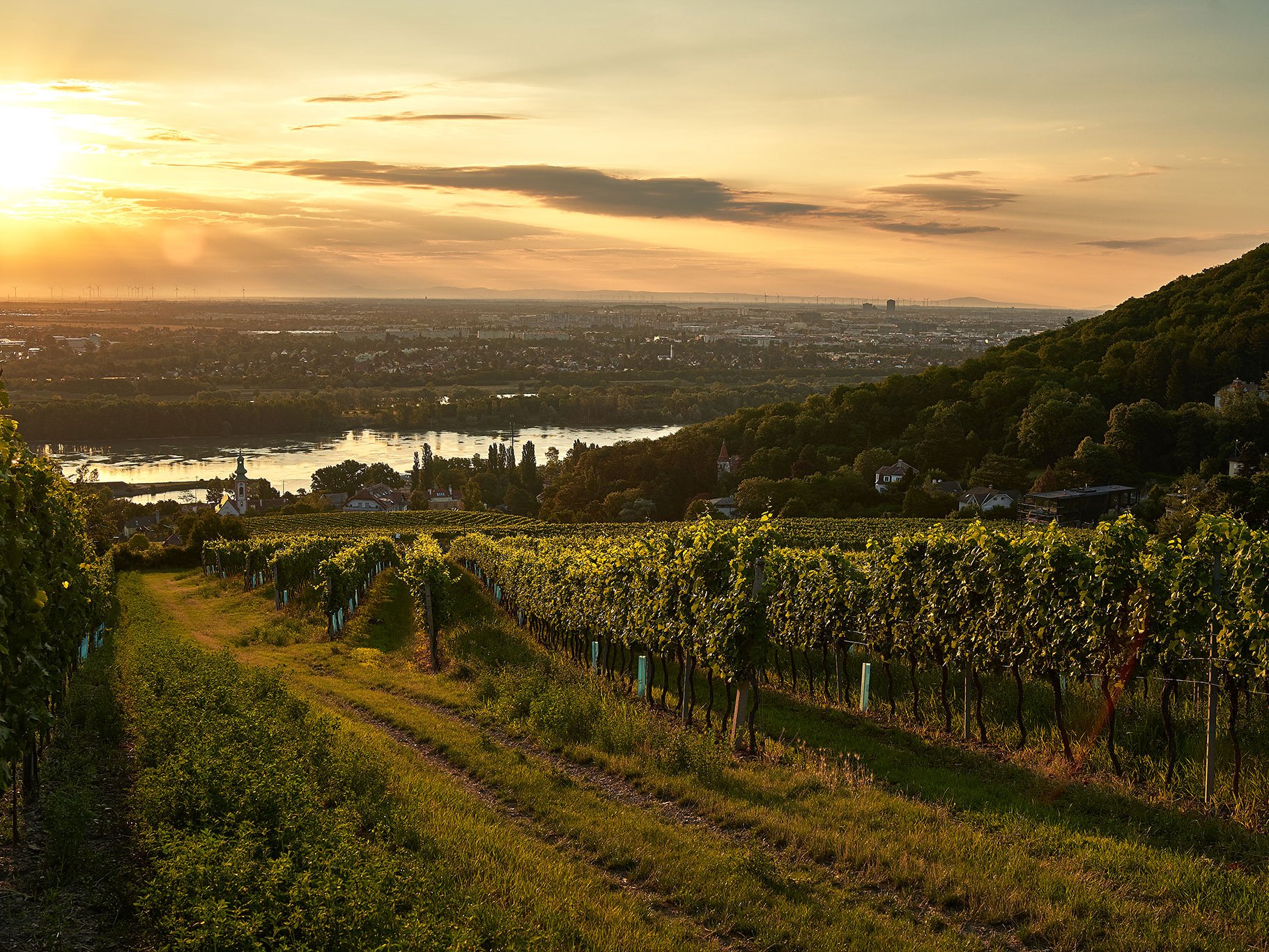Italy's Chianti Classico Wines Aim for the Top
Chianti Classico has come a long way. Over the past three decades it has steadily aimed for quality and introduced a top tier category for its best wines called Gran Selezione.
It was in 2013 that the top tier Chianti Classico Gran Selezione was introduced for the best wines of this historic region in Tuscany. Today, even those who would have turned their nose up at Chianti Classico in years gone by have taken note and are enthused by Gran Selezione. Now it is time for the next step in defining and refining this appellation. In June 2022, the Gran Selezione wines from the 2019 vintage will be released with a geographical indication – namely their village or zone of origin.
The production zone of Chianti Classico – embedded in the incredibly appealing landscape of soft hills between Florence and Siena – was sub-divided into eleven geographical indications: San Casciano, Greve, Lamole, Montefioralle, Panzano, San Donato in Poggio (which includes the communes of Barberino Val d’Elsa, Tavarnelle and Poggibonsi), Gaiole, Radda, Castellina, Vagliagli and Castelnuovo Berardenga. A further refinement is the change of permitted grape varieties in Gran Selezione. The wines must now be made from at least 90% Sangiovese, Tuscany’s indigenous grape. If other grapes are used in the blend, this remaining ten percent must also be from traditional local varieties such as Canaiolo, Colorino or Malvasia Nera. International varieties like Cabernet, Merlot or Syrah are no longer permitted in this top tier.
A Steady Route
Many protagonists have helped to shape the route towards Gran Selezione. It was in 1962 that Fabrizio Bianchi at his Castello di Monsanto estate made a single-vineyard wine in the area, his Chianti Classico Riserva Vigneto Il Poggio. Today his daughter Laura Bianchi runs the estate, and the most important wine still is Vigneto Il Poggio which has been labelled Gran Selezione since the 2014 vintage. Various vertical tastings over the past years have shown what an impressive and long-lived wine it is. Lorenza Sebasti and Marco Pallanti of Castello di Ama in Gaiole are also pioneers of single-site wine in Chianti Classico. They made their first single-vineyard wine in 1982 from the Bellavista site. This was followed in 1985 by La Casuccia. There were a number of vintages in which wines from San Lorenzo and Bertinga were made as well – but they are no longer part of the range. Sebasti and Pallanti have been enthusiactic supporters of the Gran Selezione project from the start. Their Bellavista and Casuccia wines were amongst the first to use the Gran Selezione designation.
Paolo de Marchi of Isole e Olena initially was a sceptic. At the very first presentation of Gran Selezione wines in 2013, he declared that he did not intend to offer such a wine – but then showed his Gran Selezione 2006 which had matured for a long time in his cellars and was to become a worthy companion to his famous flagship wine Cepparello. The Gran Selezione category thus really spurred winemakers and estates on. Today, a total of 180 wines are sold under this designation and new wines are added each year – a figure proudly reported by Giovanni Manetti, president of the local Consorzio. As the owner of Fontodi estate in Panzano, Manetti heads one of the most renowned estates in Chianti Classico. He took over the reins from his father in the late 1970s. Manetti then got the young oenologist Franco Bernabei on board and together they proceeded to make wines that made the world sit up and listen: all of a sudden there was Chianti Classico that was really good. A little later, they launched their single-vineyard wine Vigna del Sorbo, at the time it was designated Riserva, today it is a Gran Selezione – and finally they presented their famous Flaccianello – a pure Sangiovese and one of Tuscany’s most sought-after wines.
Giovannella Stianti Mascheroni turned Volpaia in Radda into the well-regarded winery it is. Today she is supported by her children Federica and Nicolò in running the estate. In the 1980s, when regulations did not yet permit that Chianti Classico could be made exclusively from Sangiovese, Stianti Mascheroni resolutely made her 100% Sangiovese wine Coltassala. Regulations finally changed in 1996 and Coltassala was labelled as Chianti Classico Riserva – today it is labelled as Gran Selezione. For a few years now, Coltassala has been joined by Volpaia’s Il Puro Casanova, another excellent Chianti Classico Gran Selezione. Further south in Gaiole, where the Chianti Classico zone has wider vistas and Montalcino can be glimpsed in the distance, the Ricasoli family runs Castello di Brolio. Their 250ha of vineyards have been completely replanted over the past 30 years and subdivided into single parcels. This effort is now crowned by four separate Chianti Classico Gran Selezione wines. There is the Castello di Brolio, a selection of all Ricasoli sites, then there are three single-vineyard wines: Colledilà grown on alberese soils (weathered limestone, Roncicone, grown on fossil limestone and CeniPrimo, grown on well-drained alluvial soils. There are just a few kilometres between the sites, yet these wines show distinct character.
A Whole New Diversity
The Mazzei family at Castello di Fonterutoli also produce four different Gran Selezione wines – three of them grown on the ancestral estate. Not only do they hail from three different sites but from three different communes that converge at Fonterutoli. The grapes for the Castello di Fonterutoli wine grow close to the winery in Castellina in Chianti. The Vicoregio 36 Gran Selezione hails from the commune of Vagliagli and expresses a more southerly warmth. Badiò-la Gran Selezione grows at an altitude of 570m in the commune of Radda. Then there is the Chianti Classico Gran Selezione Ipsus from the Il Caggio estate in Castellina that the Mazzei family bought in 2006 – all four of them are made from 100% Sangiovese grapes – tasting them is like taking a trip through Chianti Classico.
The Querciabella estate sits on a plateau above the town of Greve and started converting its vineyards to biodynamic farming methods twenty years ago. A great decision, as oenologist Manfred Ing reports with pride. For years now Querciabella has focused on the production of Chianti Classico and Chianti Classico Riserva. At the beginning of 2022, they also presented a Gran Selezione for the first time – from the 2017 vintage.
The biggest player of Tuscan wine, Marchesi Antinori, is also fully convinced by the Gran Selezione category. Their Badia a Passignano wine has been labelled as Gran Selezione from the 2009 vintage onwards (but released later). Renzo Cotarella, general director at Antinori says: “The Badia a Passignano Gran Selezione is the continuation of our ambitious course for quality which began with Tiganello. In the 1970s it was not yet possible to make wines exclusively from Sangiovese. Today, thanks to much better clonal selections, we can make great wines from 100 percent Sangiovese.” Much is afoot in Chianti Classico – and from June 2022 onwards, the new geographical indications will only make the Gran Selezione category even more diverse. A wonderful prospect.
